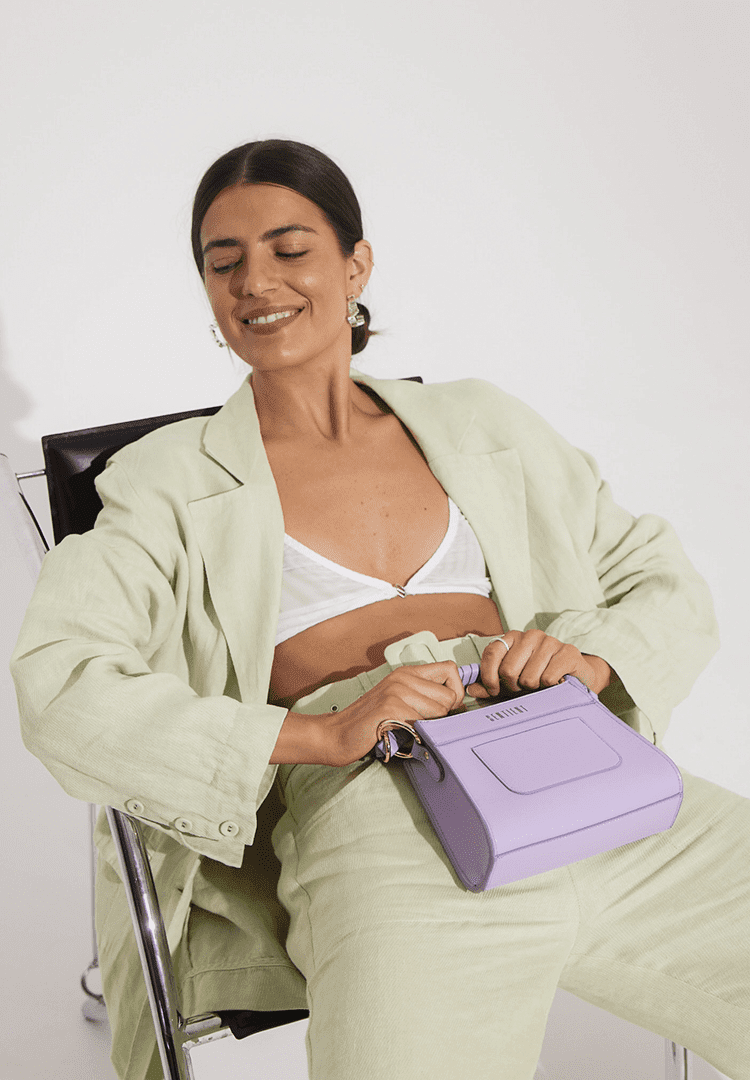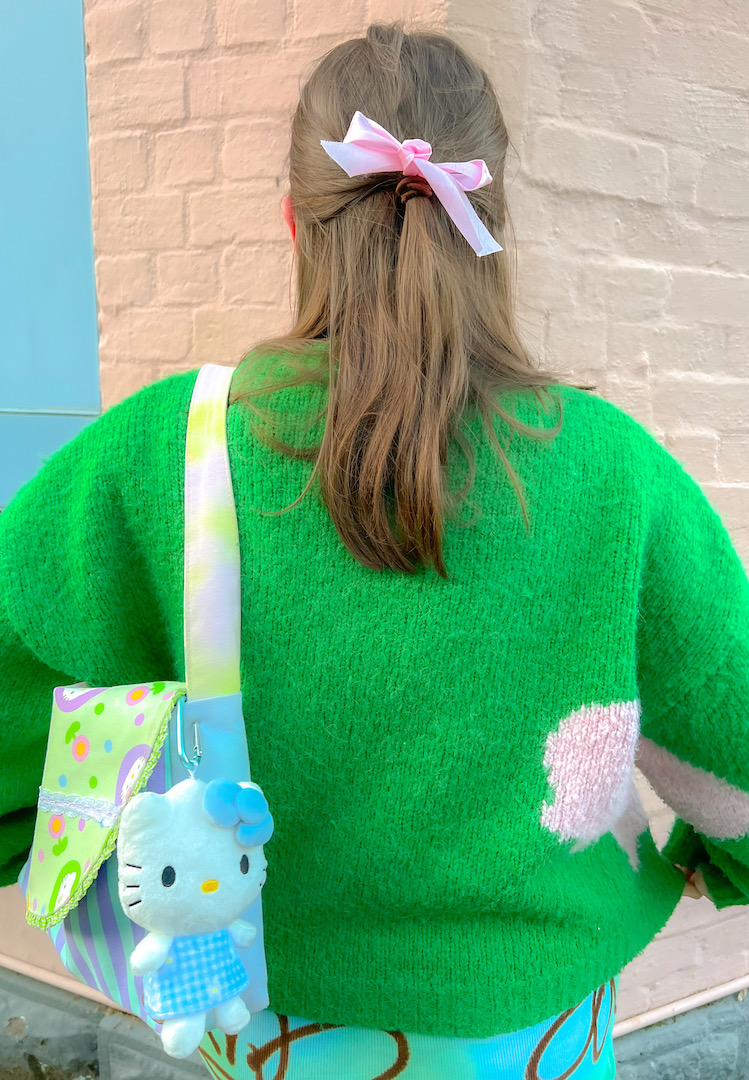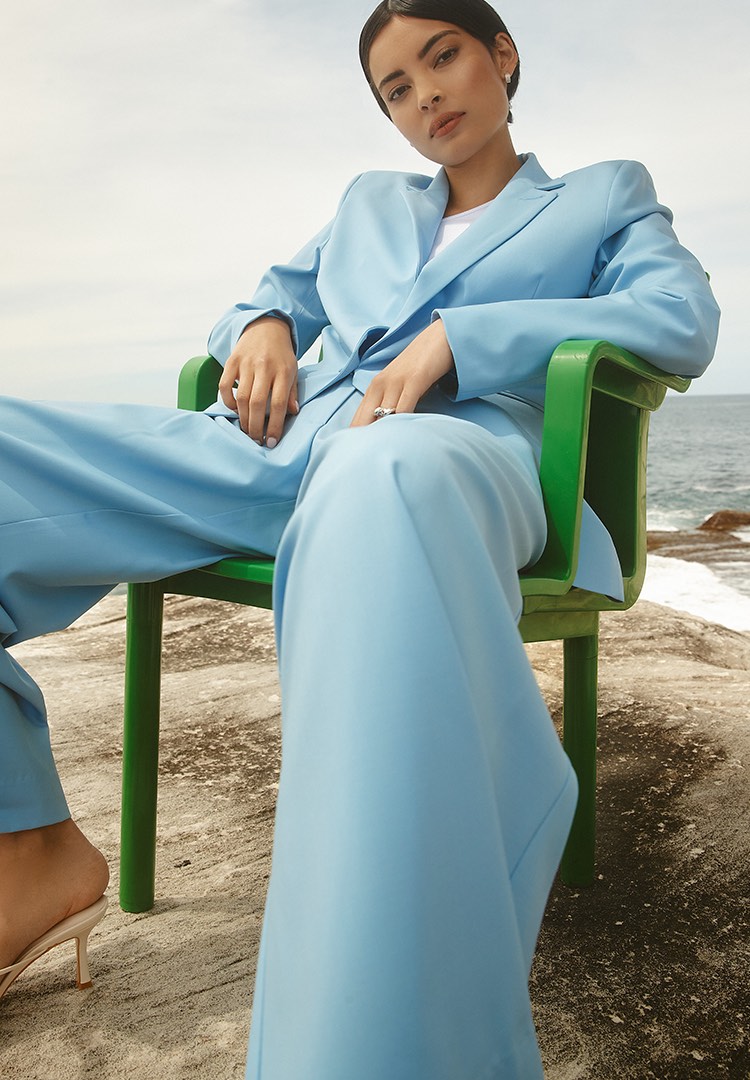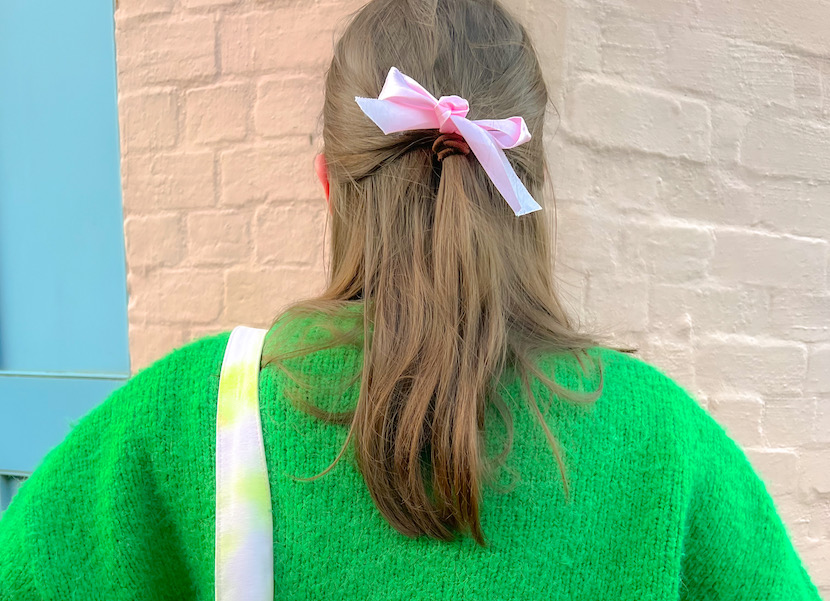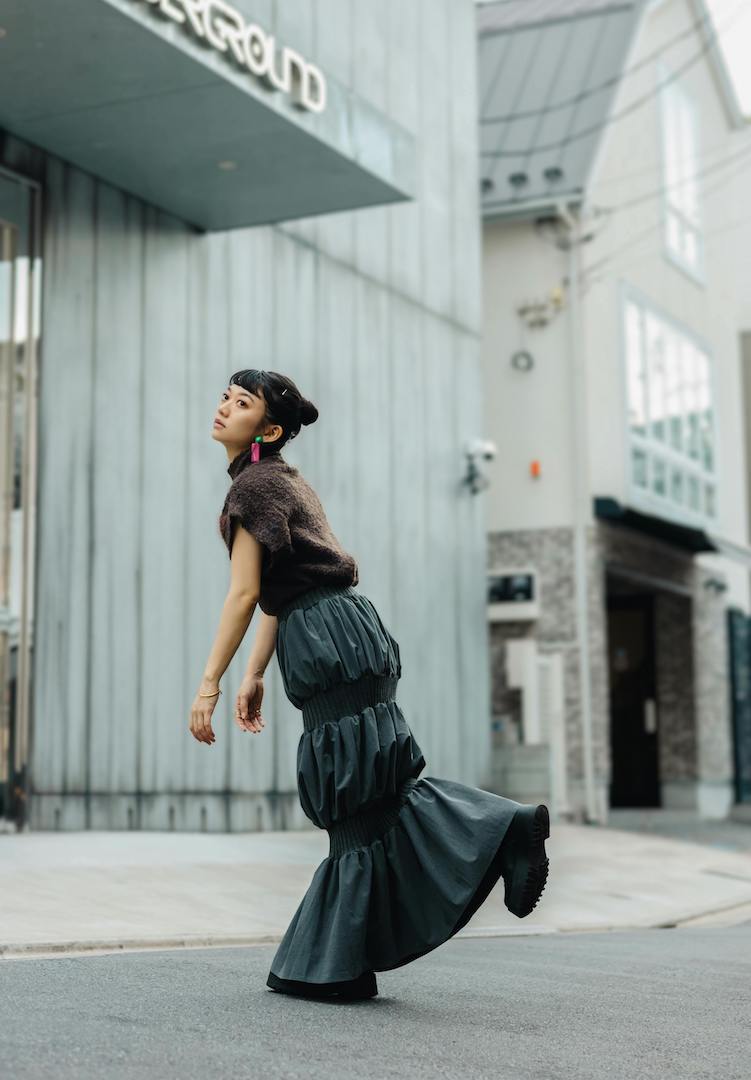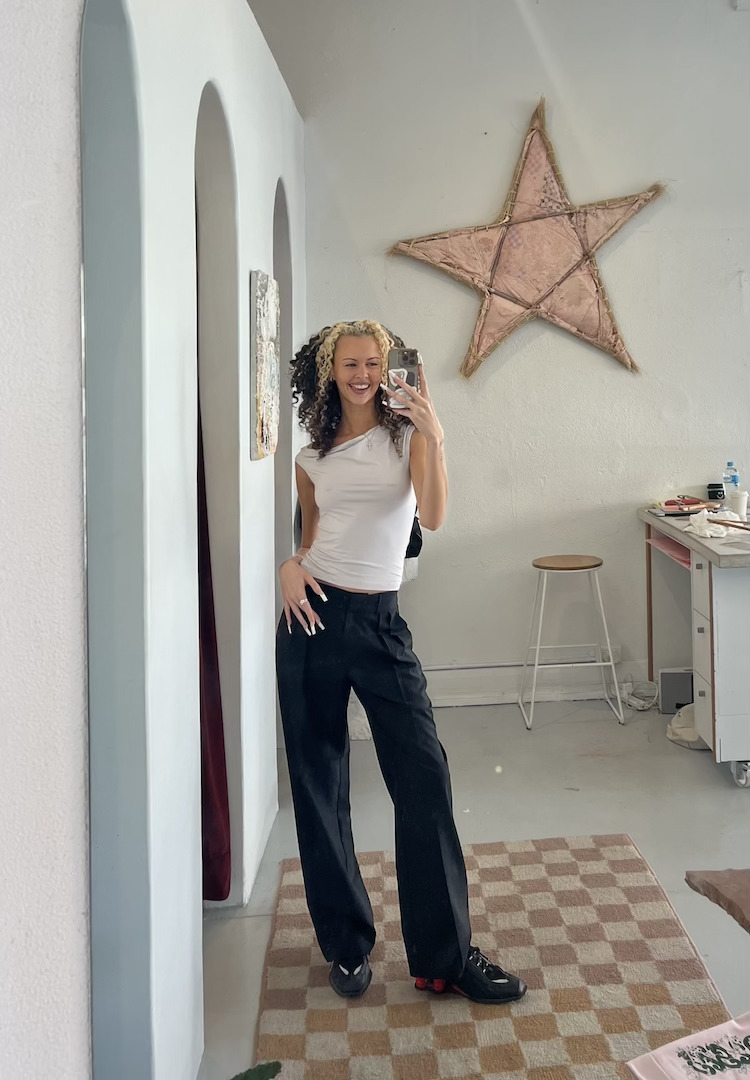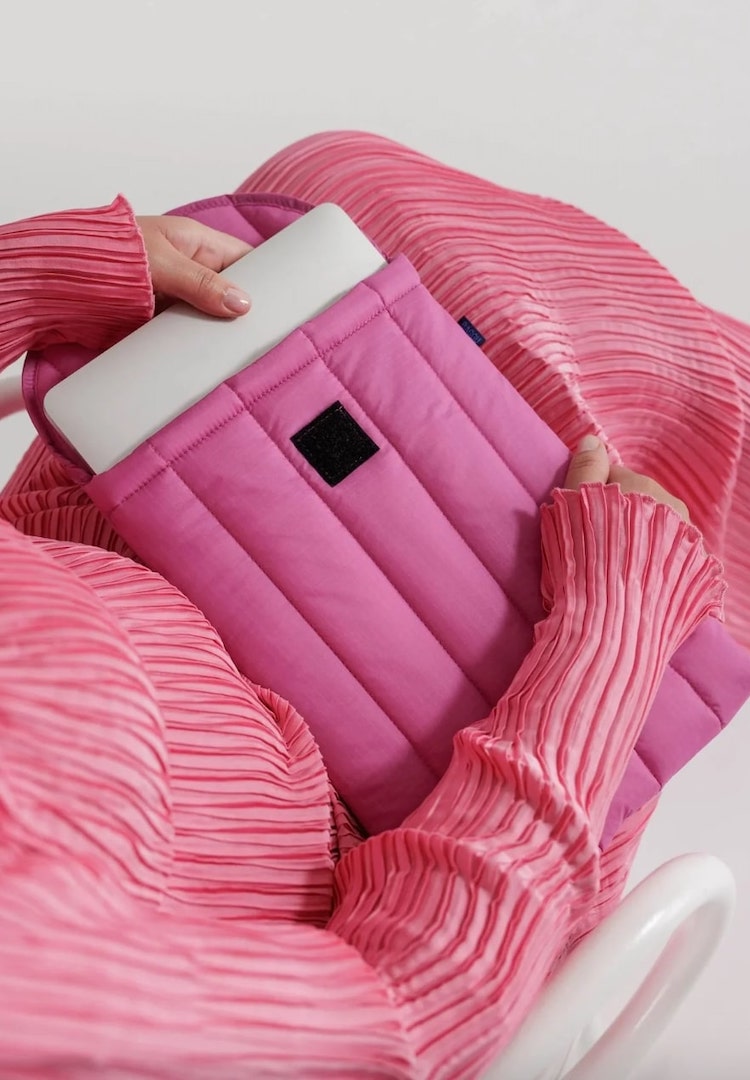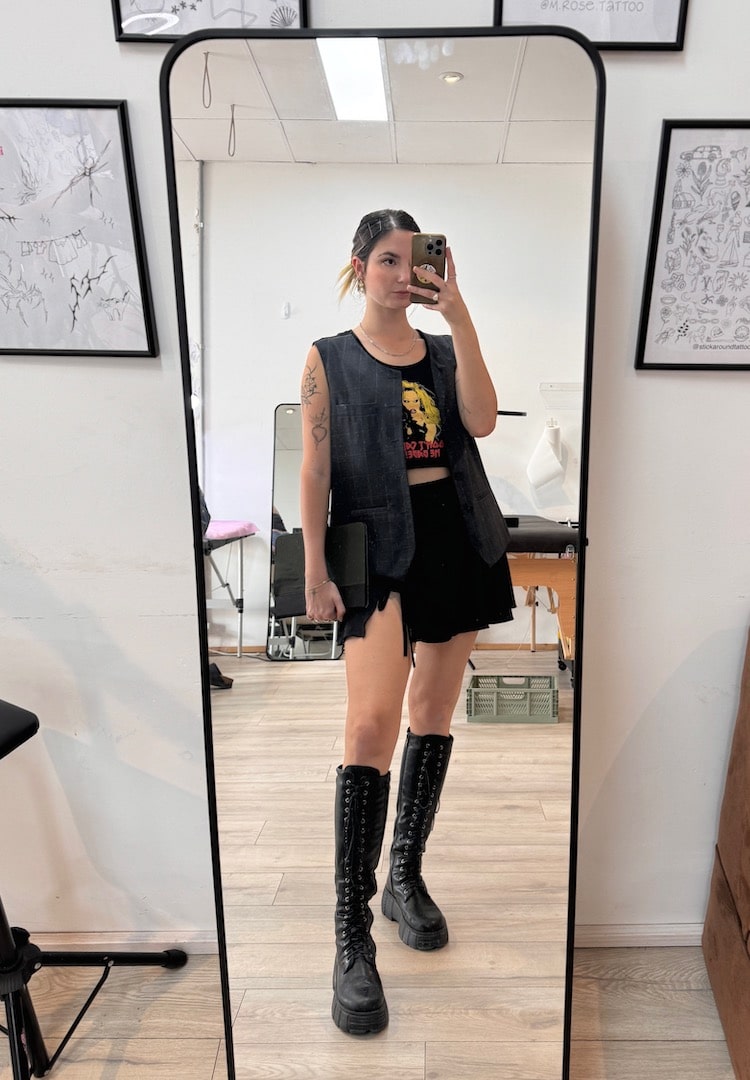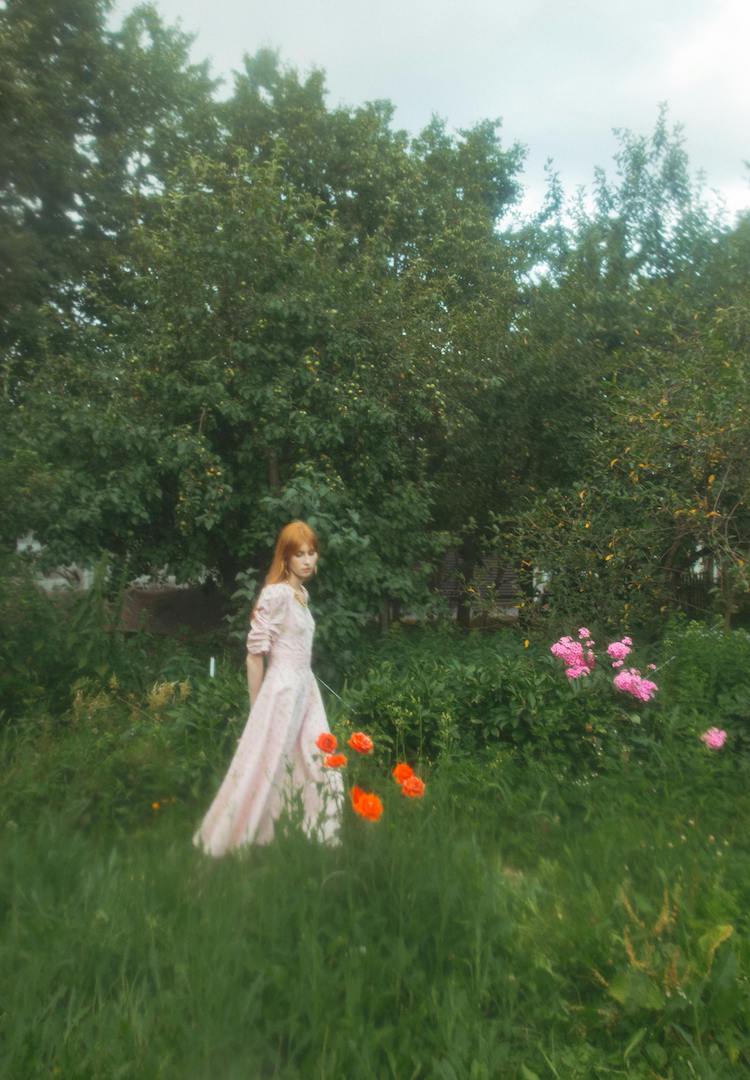How my asexuality impacts my personal style
IMAGE VIA @alliedaisyking/instagram
WORDS BY ALLIE DAISY KING
“My asexuality has freed me from the desire to abide by conventional sartorial rules.”
“They’re deliberately, like, ugly-fying themselves, you see them on TikTok, they’re out of shape, they’re asexual. They’re, like, rejecting the truth in beauty.” – Greg Gutfeld, Fox News.
Why is it that this quote from a conservative broadcaster on Fox News more aptly describes my personal style and how it intersects with my asexuality better than anything else? It was certainly not Greg’s intention to put my style philosophy into words but thanks nonetheless, Greg, for this slay quote.
For more fashion news, shoots, articles and features, head to our Fashion section.
Recently, I’ve been coming to terms with being asexual. As I’ve become more comfortable in my identity, I’ve begun questioning how my asexuality has impacted different aspects of my daily life. I’ve realised that it’s greatly influenced my approach to fashion.
Since childhood, I’ve been a lover of all things colourful – from coveting Jenna Rink’s iconic Versace dress and Blair Waldorf and her minions’ candy-coloured tights – and this has been a constant element of my aesthetic.
But dressing in a way that feels authentic to me hasn’t always been easy. Since they first appeared at age 13, I’ve been deeply uncomfortable with my big boobs. Thanks to the way society hypersexualises larger busts, I didn’t feel comfortable showing them off in any way. I just didn’t want to be objectified.
In my late teens, the pendulum swung in the opposite direction as I tried to prove to myself and those around me that I was ‘normal’. I started to wear darker colours and very lowcut, figure-hugging items of clothing in an attempt to appear sexier and more mature. I wanted to project to the world that I was sexually liberated.
Just after my 21st birthday, I realised I was asexual. I felt a huge sense of relief. I no longer felt the need to wear certain clothes in order to fit in and the pressure to ‘flaunt what I got’ was gone. It was this incredible liberation in a way, as I no longer wanted to appeal to the male gaze. I suddenly didn’t care about presenting myself in a way that was ‘desirable’ and ‘feminine’.
View this post on Instagram
Thanks to this newfound freedom, I was no longer constrained by having to wear what was ‘flattering’ on my body type. I discovered a newfound playfulness and the style of the pieces I began to gravitate towards played into ‘kidcore’ and ‘weird girl’ aesthetics. While I might not have known it at the time, I can now see that incorporating these aesthetics into my wardrobe was a way of discouraging people from perceiving me as a sexual being.
View this post on Instagram
Aided by brands that play with colour and shapes such as Emma Mulholland on Holiday, Suku Home and Lisa Says Gah, I was able to go on a journey of sartorial freedom and self-expression. I’ve begun incorporating more traditionally childlike elements into my wardrobe, like Hello Kitty and Miffy motifs, rickrack, checks and bows.
View this post on Instagram
My asexuality has freed me from the desire to abide by conventional sartorial rules. Now, many elements of my personal style are reflective of my yearning to be perceived outside of the male gaze. My number one objective when dressing myself each morning is cuteness and comfort which is a far cry from the pencil skirts and push-up bras of my past. I’m forever grateful to my asexuality for freeing me from performative and hypersexualised femininity, which was never a good fit for me.
For more on asexuality, try this.

